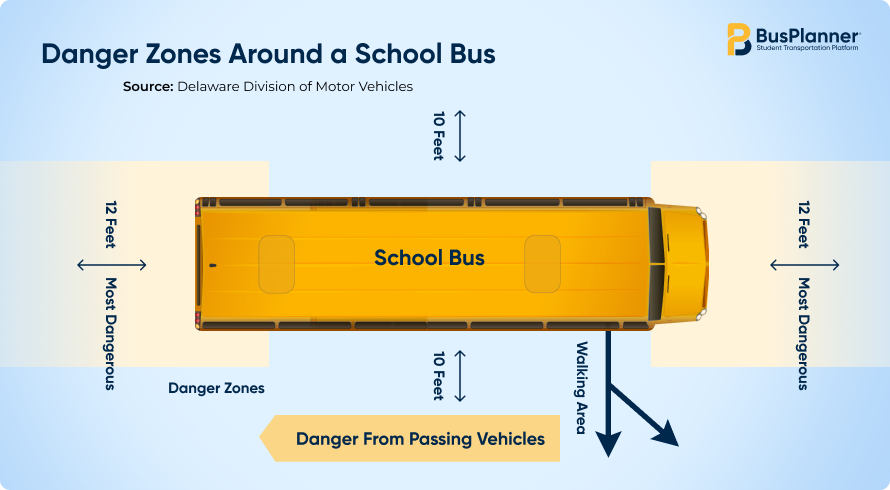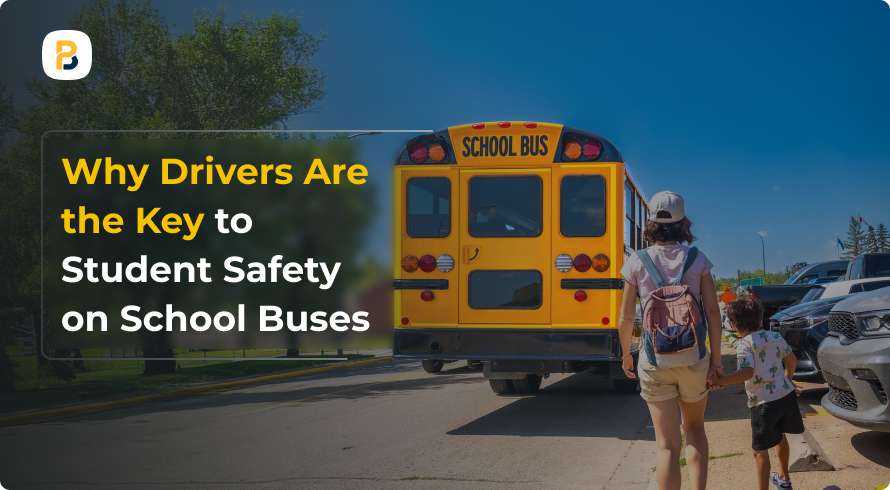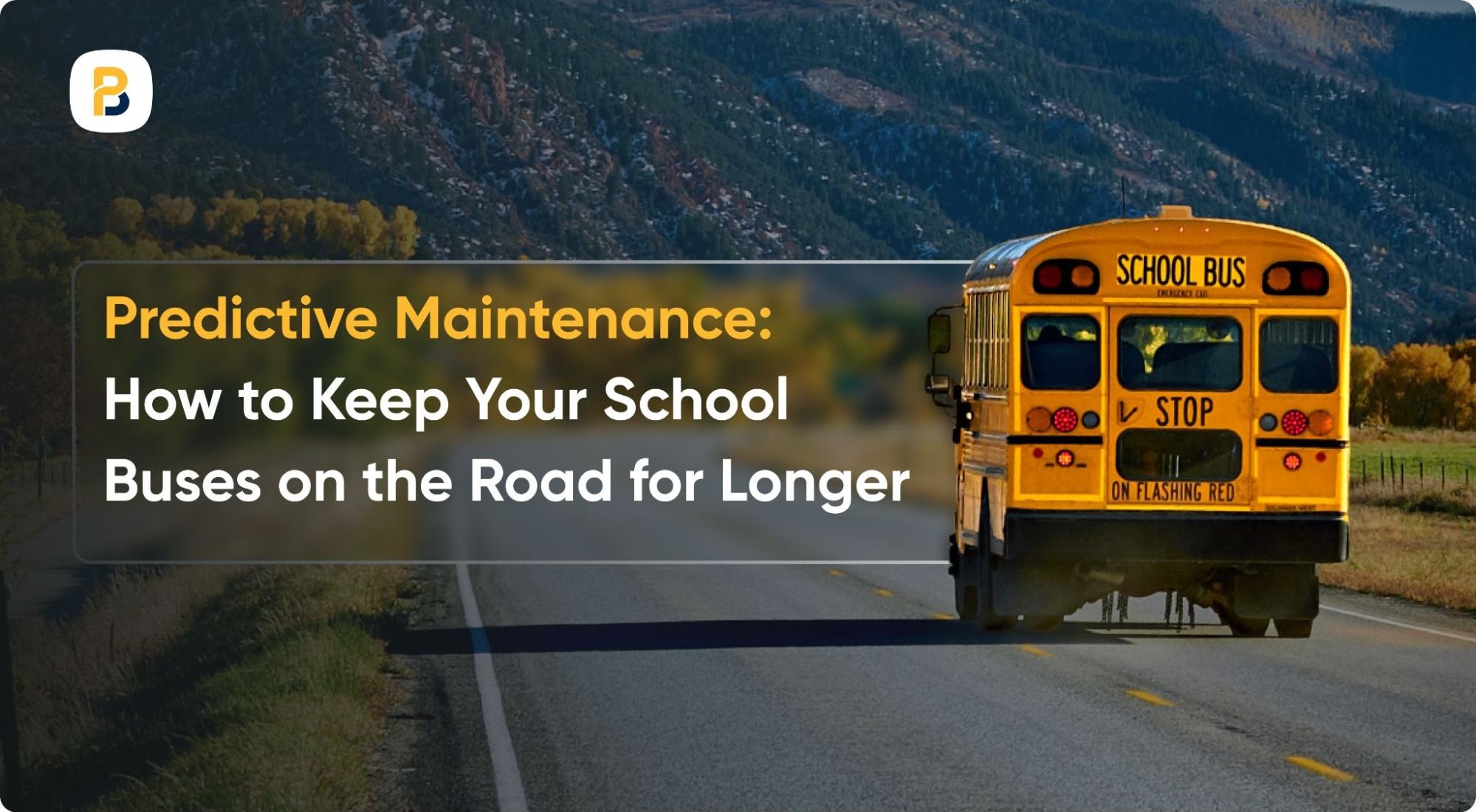A child’s school day begins and ends with the bus ride, and at the center of it all is the driver. Parents entrust drivers with their children’s safety. The bus driver is not just a transporter, but a familiar and steady presence who makes every child feel seen, valued, and safe.
Drivers are the first and last point of contact for students each school day. They set the tone for the journey, respond in emergencies, and create an environment where every child feels secure. In many ways, the driver is both protector and mentor, playing a role that extends far beyond transportation.
Here’s why the role of the school bus driver is central to student safety:
1. Defense Against Hazards and Emergencies
Drivers are the frontline defense against unexpected challenges such as severe weather, road blockages, traffic violations by others, or even vehicle malfunctions. Their skills in navigation, defensive driving, and emergency response (like evacuations or first aid) are crucial.
In Ohio, a task force formed after a fatal crash emphasized the need for enhanced driver training, performance reviews, and emergency preparedness, highlighting that well-equipped, well-trained drivers save lives.
2. Preventing Bullying and Creating Safe Bus Environments
Bullying on buses is a significant issue; research shows that about 10% of all student bullying happens on school buses. Drivers play a crucial role in creating a safe, respectful environment. 94% of bus drivers say it is their job to intervene when bullying occurs. This commitment highlights just how invested drivers are in protecting students, even when they are not always given the tools or a voice in policy-making.
Drivers have the ability to prevent bullying by:
- Allow Children to Confide: Building relationships with students can help them feel comfortable reporting concerns, so drivers can intervene when needed.
- Creating a Culture of Mutual Respect: Reinforcing respect, empathy, and kindness as part of the bus culture can create a safer environment for the students.
3. Catering to the Unique Needs of Students With Special Needs
School bus drivers often work closely with students with special needs, ensuring a secure onboarding process, handling required equipment, and understanding individual care requirements. This trust and familiarity are vital, as these students are twice as likely to experience incidents, including bullying or injury.
Equipping drivers with training in empathy, disability awareness, and emergency management can help them navigate the challenges of transporting students with special needs, enabling them to provide further support to these children.
4. Ensure Safe Drop-Off & Pick-Up
The biggest danger to children traveling to or from school is when they are getting on or off the bus. These transition times, known as the “danger zone,” are when children are most vulnerable to accidents involving other vehicles.
In October 2021, a 10-year-old girl in Pennsylvania was killed by a hit-and-run driver while crossing the street to board her bus, even though the red lights were flashing and the stop arm was extended.
This highlights why vigilant drivers and strict boarding protocols are essential. Their attentiveness at bus stops often makes the difference between a safe ride home and a devastating accident. Drivers can enhance safety by:
- Careful Monitoring: Observing loading and unloading ensures that students cross only when it’s safe.
- Enforcing Danger Zones: The danger zone rules help keep children at least 10 feet away from the bus until it’s fully stopped.
- Guiding Students: Using clear hand signals and eye contact can help guide students safely across the street.

5. The Role of School Bus Drivers in Student Attendance
The role of a dependable school bus driver extends beyond safety; it directly impacts whether students arrive at school on time. A survey revealed that 51% of districts are facing a severe shortage of bus drivers. The effects of this can be felt in the classrooms.
When there aren’t enough drivers, students face delayed or inconsistent bus service, longer routes, overcrowded buses, and, in some cases, the elimination of routes altogether. These challenges don’t just inconvenience families; they contribute to chronic absenteeism, which is becoming a growing concern.
A reliable, punctual driver ensures students arrive at school on time, ready to learn, and able to participate fully in their education. Without this consistency, students may risk falling behind academically simply because they can’t access student transportation services.
The Way Forward
Drivers are crucial to providing reliable, dependable, and safe student transportation. Investing in their training, retention, and well-being is more important than ever, especially in times like these when many regions are already facing a shortage of qualified drivers. Boosting driver satisfaction and retention starts with valuing their role: involving them in decision-making, equipping them with the right tools, and giving them strong support systems.
Contact us to learn how BusPlanner’s tools can help you manage your drivers more effectively, giving them the resources to do their jobs confidently and making their work and your transportation system stronger.







